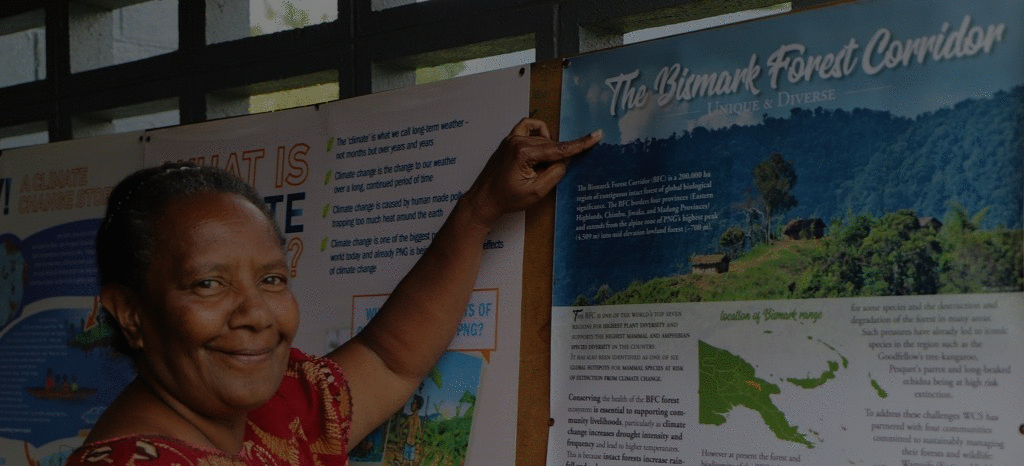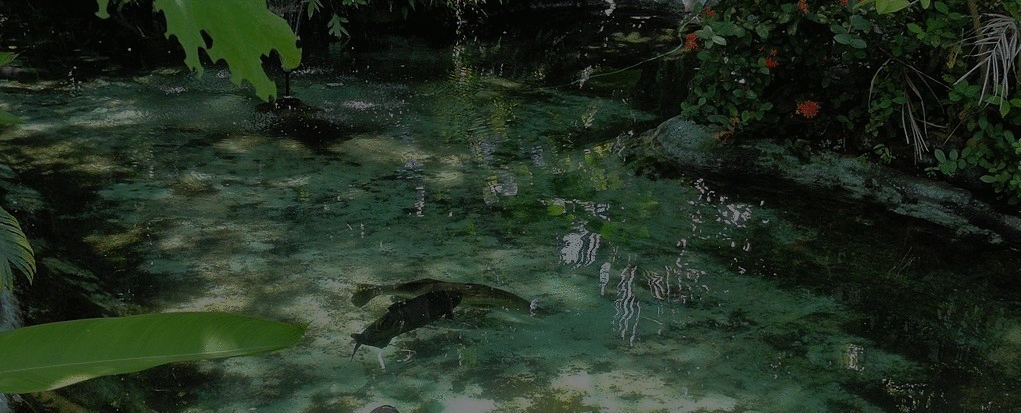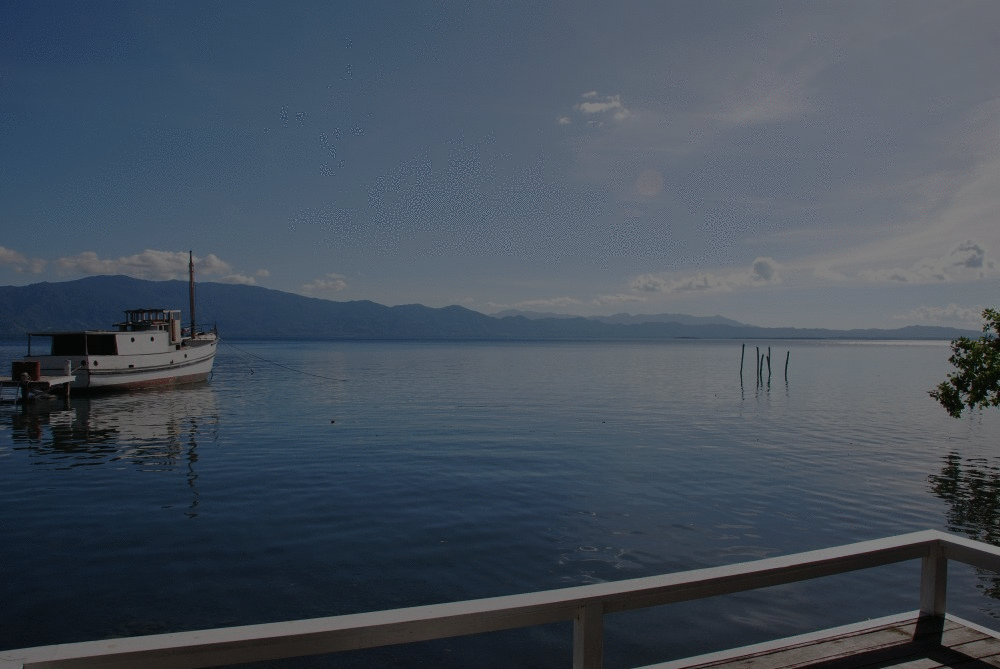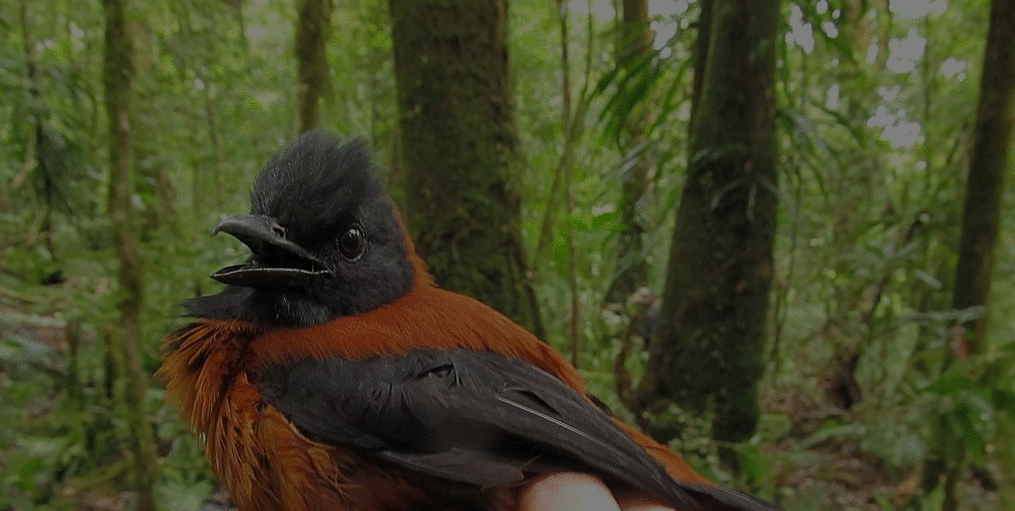Where We Work
LGP’s site-based activities focus on the Bismarck Forest Corridor, Eastern Highlands Province, Jiwaka Province, Madang Province, Morobe Province, National Capital District, Simbu Province, Milne Bay, and the Yopno-Uruwa-Som (YUS) Conservation Area.
The approach emphasizes the links between terrestrial, freshwater, and marine ecosystems within the watershed, starting at Mt. Wilhelm in Simbu Province, the highest peak in PNG, down through the lowlands of Madang Province and into Astrolabe Bay and the offshore islands of Madang. The core priority geography covers four provinces (Simbu, Eastern Highlands, Jiwaka, and Madang) and 10 local-level governments.
The Bismarck component forms a contiguous intact forest corridor of global significance (approximately 204,000 hectares). While the exact number of clans in the Bismarck Forest Corridor are not known, approximately 82,952 people live in 389 villages located along the edge of this forest corridor (2008 census data), with 10 main language groups.
Madang Province is one of the most diverse provinces in PNG. It is not clear how many tribes exist in the province, but the diverse geographical nature of the area has led to distinct lifestyles that serve as district group classifications: islanders, coastal people, river people, and highland mountain people. The tribes living across the six districts of Madang (Bogia, Middle Ramu, Rai Coast, Sumkar, and Usino Bundi) speak approximately 175 languages.





